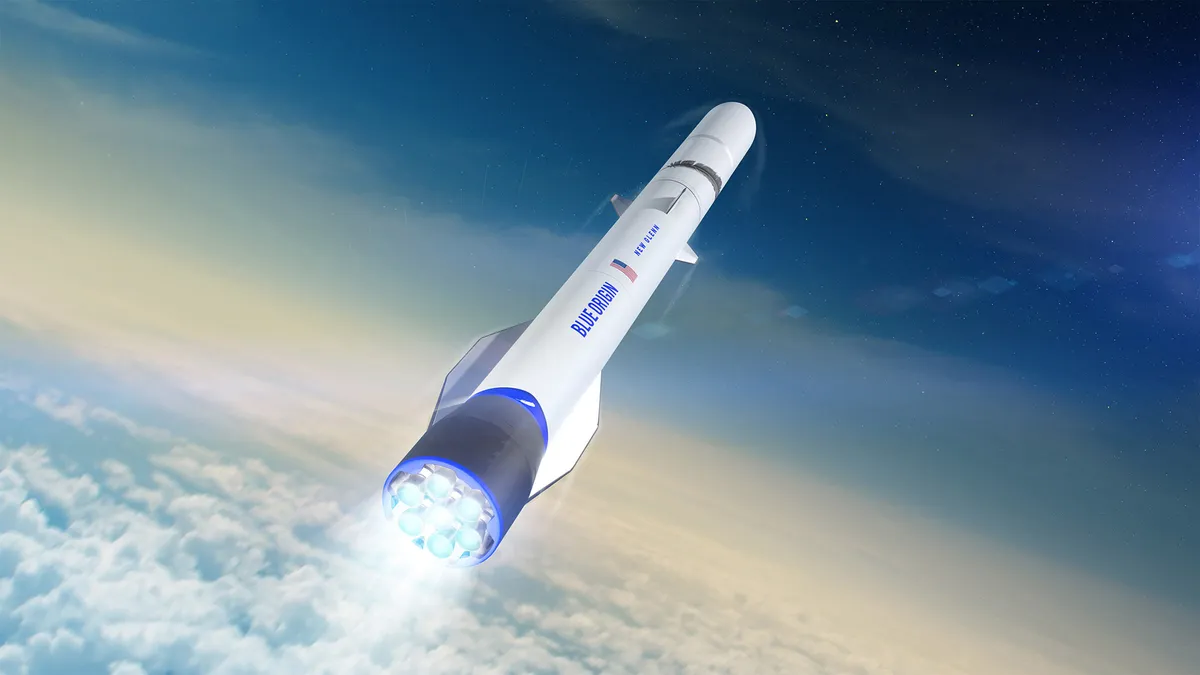
In an exciting development for space exploration, Blue Origin's New Glenn rocket is now vertical on the launch pad, with its engines primed and ready for action. The second launch of this powerful rocket is fast approaching as it undergoes final checkouts at Launch Complex-36A (LC-36A), located at the Cape Canaveral Space Force Station in Florida. The mission, set to launch as early as November 9, will carry NASA's twin ESCAPADE probes on a groundbreaking journey to Mars.
The New Glenn rocket was rolled out to LC-36A on the night of October 28, according to a post from Blue Origin on X (formerly Twitter). By the evening of October 29, the rocket was positioned vertically on the pad. Blue Origin's CEO, Dave Limp, shared a video showcasing the New Glenn Transporter Erector (TE) lifting the rocket, stating that a hot-fire test would follow once the TE was secured and all systems were checked.
The hot-fire test successfully occurred on the night of October 30. During this crucial test, New Glenn's seven BE-4 first stage engines ignited, performing as expected. Jeff Bezos, founder of Blue Origin, posted a video of the engine test on X, shortly followed by an announcement from Blue Origin confirming the successful milestone. The test lasted for 38 seconds, with all seven engines operating at 100% thrust for 22 seconds, demonstrating the rocket’s capabilities.
The twin spacecraft, known as the ESCAPADE (Escape and Plasma Acceleration and Dynamics Explorers) probes, were integrated atop New Glenn earlier this month at Blue Origin's facility in Titusville, Florida. These innovative probes are set to orbit Mars, where they will investigate the Red Planet's magnetosphere and examine the interactions between energetic solar wind particles and the Martian atmosphere.
Initially, the ESCAPADE probes were scheduled to fly on the first New Glenn launch, which was originally aimed for 2024. However, NASA decided to withdraw the probes due to concerns regarding the reliability of launching them on an unproven rocket. New Glenn ultimately made its debut in January 2025, successfully completing a test flight that delivered a pathfinder version of Blue Origin's Blue Ring spacecraft into orbit.
The upcoming $80 million ESCAPADE mission represents a significant milestone for New Glenn, marking NASA's first mission to Mars since the launch of the Perseverance rover in July 2020. This will also be the first interplanetary launch for the New Glenn rocket, highlighting its potential in future space exploration endeavors.
As part of the ESCAPADE launch, Blue Origin plans to attempt the recovery of New Glenn's first stage through a propulsive landing on a barge in the Atlantic Ocean. This ambitious recovery strategy follows the nearly 189-foot-tall (58 meters) rocket's unsuccessful landing attempt during its inaugural launch, as Blue Origin continues to refine its technology for future missions.
With the New Glenn rocket now set for its second launch, the world watches closely as Blue Origin and NASA prepare for this pivotal moment in space exploration history.